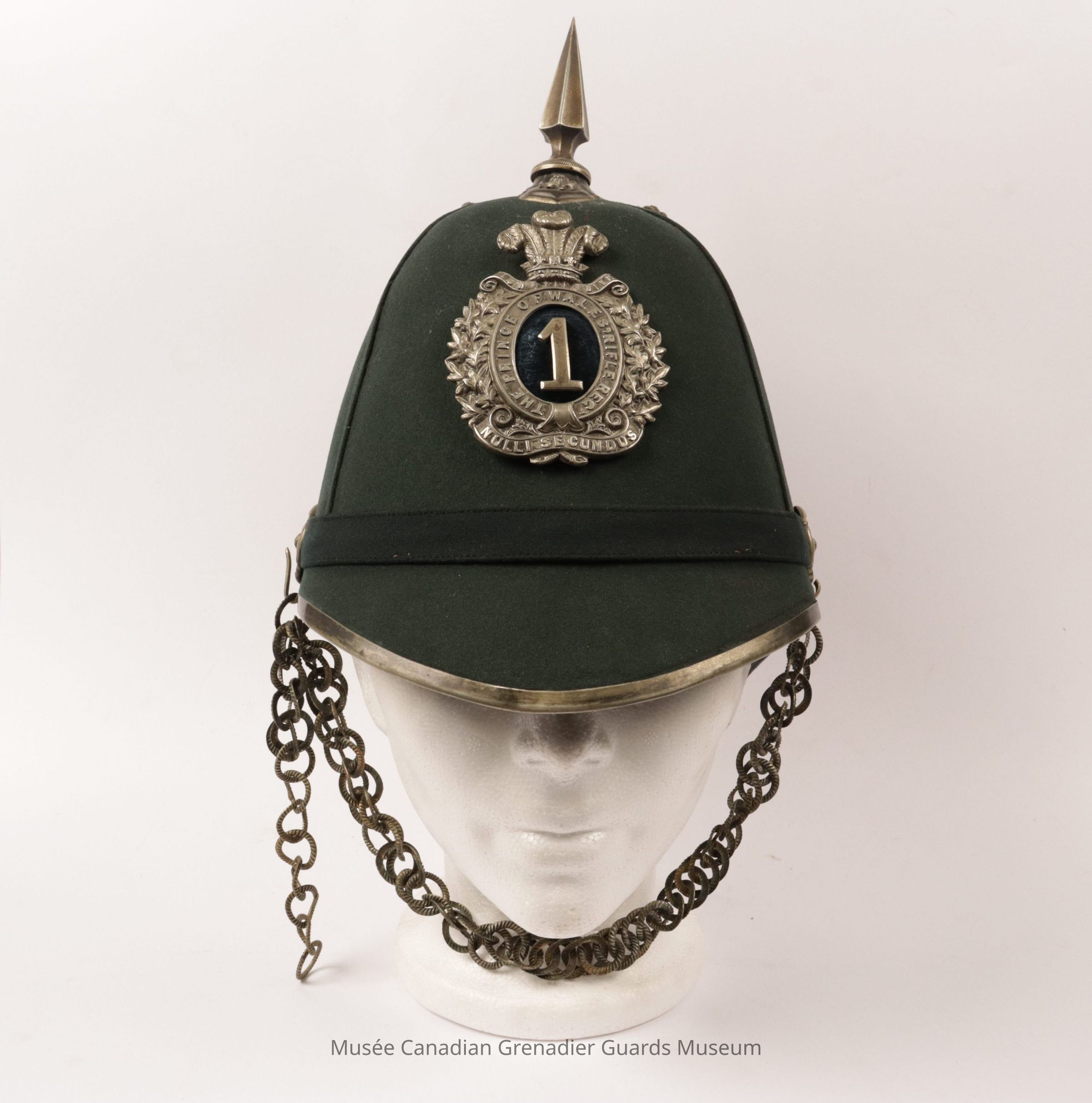Context
Pith helmets were commonly worn during the 19th century, particularly by European colonialists, explorers, and soldiers. These hats were made from a lightweight material called pith, which is derived from the central core of certain types of tropical plants.
There were several reasons why pith helmets were worn during this time period:
1. Protection against the elements: Pith helmets provided shade from the sun, as their wide brims shielded the wearer’s face and neck from direct sunlight. The material used to make these hats also offered some level of insulation, helping to keep the head cool in hot climates.
2. Practicality: The lightweight nature of pith helmets made them comfortable to wear for extended periods in tropical environments. They were also easily collapsible, allowing for easy packing and transportation.
3. Symbol of authority: In colonial settings, wearing a pith helmet became a visible symbol of authority and power. It signified a person’s role as an official, military officer, or member of the ruling class. The hat’s distinctive appearance helped establish a sense of superiority and dominance over the local population.
4. Status and fashion: Pith helmets were fashionable accessories during the 19th century, both within colonial circles and in Western society at large. They were often adorned with decorative elements such as feathers, ribbons, or small badges, which further enhanced their appeal and served as indicators of social status.
It’s important to note that the use of pith helmets has since been criticized for its association with imperialism and colonialism. Today, they are mostly regarded as artifacts of a bygone era rather than functional headwear.Name/Title
Unknown
